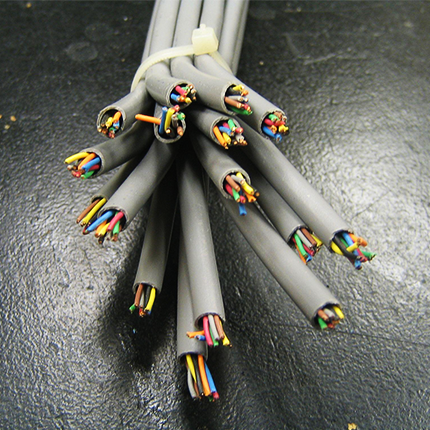

Not really incompatible, PHP provides configurable shared memory across processes that survive even if fastcgi releases every process and just keeps something idle for new requests.


Not really incompatible, PHP provides configurable shared memory across processes that survive even if fastcgi releases every process and just keeps something idle for new requests.


don’t know a lot about fastcgi, but looking it up it seems like it also keeps a persistent process running to avoid execution overhead
More of less, the good thing about PHP + fastcgi is that it keeps a configure amount of minimum persistent processes (plus a dynamic number) to avoid execution overhead like you said… now there’s an important detail, PHP processes are generic, meaning if you’ve 50 apps hosted in your server they can all be served with just one persistent process. No need to spin up 50 processes for each app like with node/go etc.
Supervisors shutting down containers/processes are good, but starting up is slow compared to the single PHP idle process ready to go for any app. :)


Exactly my situation. Thanks @mlunar@lemmy.world. The only way this could be done better was to do it in PHP / have fastcgi so it wouldn’t require a constantly running background process specifically for it. People can say a lot of things about PHP, but nothing beats the fastcgi model.
It’s a Pi, what are you expecting. You just wasted a ton of money on inferior hardware with extra software issues. You could’ve just got a mini pc with 2 nvme slots instead for half the price and add a 6 port sata board for 20$ to one of those. Much cheaper, way more reliable, upgradable and ZFS actually would’ve work as you expect.
I’ve said this in the past, the app is good and works fine but it lacks a standalone desktop app…
It’s a bit pointless to have it working [only] the way it does, it’s all JS already so why force people into Docker to install something that can already perfectly work as desktop app with Tauri, Electron or even something much simpler like a custom build C++ webview? Thanks.


If you want to get the job (of publishing a blog) done fast, and move on, then use WP. If you want to mess around probably look at editorjs.io.


If you want to get the job (of publishing a blog) done fast, and move on, then use WP. If you want to mess around probably look at editorjs.io.


At least WP is free, Ghost is as “free” until you find out its only useful with the rest of the payed platform. editorjs.io is much better in that sense.


Yeah Microsoft for what’s worth does play ball, you can open complaints and they’ll actually read those and act fast. Google is a total pain to deal with, even if you’re on some type of google partnership they’ll not do much.
It’s also good to make notes on every configuration setting.
I do save my settings for the various programs in a git repository…
If it need documentation means things are over the line when comes to complexity and I should scale down / simplify. :)
Complexity and over-engineering are a serious problem, I really try to keep it as simple as possible so I don’t have to waste time managing it, dealing with updates and potential security issues. Simple code/infrastructure breaks less and has less potential insecure points.


Unless someone finds a way to advertise nodes that doesn’t depend on the entry point then yes. Consider this example: https://github.com/bitcoin/bitcoin/blob/1b2460bd5824170ab85757e35f81197199cce9d6/src/chainparams.cpp#L112 if someone takes down those domains it is game over for a new node until someone updates the code.


I get your point, those systems make it harder to take down things permanently but they aren’t as resilient and perfect as people paint them to be - an it has nothing to do with being pedantic, it is just the reality of things.


My point was: if you still need some central point of contact what’s the point in decentralized, you can still get fucked.
For instance the DHT systems you talk about, they’re good but still require some centralized points. In a bittorrent network with DHT a new client cannot join without either a tracker or the knowledge of at least one member of the network to exchange peers with. Bitcoin still has some hardcoded DNS seeds in the core client… etc.


bittorrent decentralization
True bittorrent decentralization never happened.


There’s no real / true decentralization. You’re always dependent on something, somewhere in some way. It can be harder to shut it down but there’s also a point of failure somewhere. Blockchain is all fun and games until you’ve to consider resource waste and that you still need DNS and IPs working.


Yeah, that’s a good one as well.


Filebrowser is great, it just lacks two things 1) 2FA and 2) the always upcoming OnlyOffice integration. If we got those two nothing else could ever compete with it. It already does pre-views and text editing, but Office documents would be great.
@Vendetta9076@sh.itjust.works latest code pushed into the repo splits the config into it’s own file.